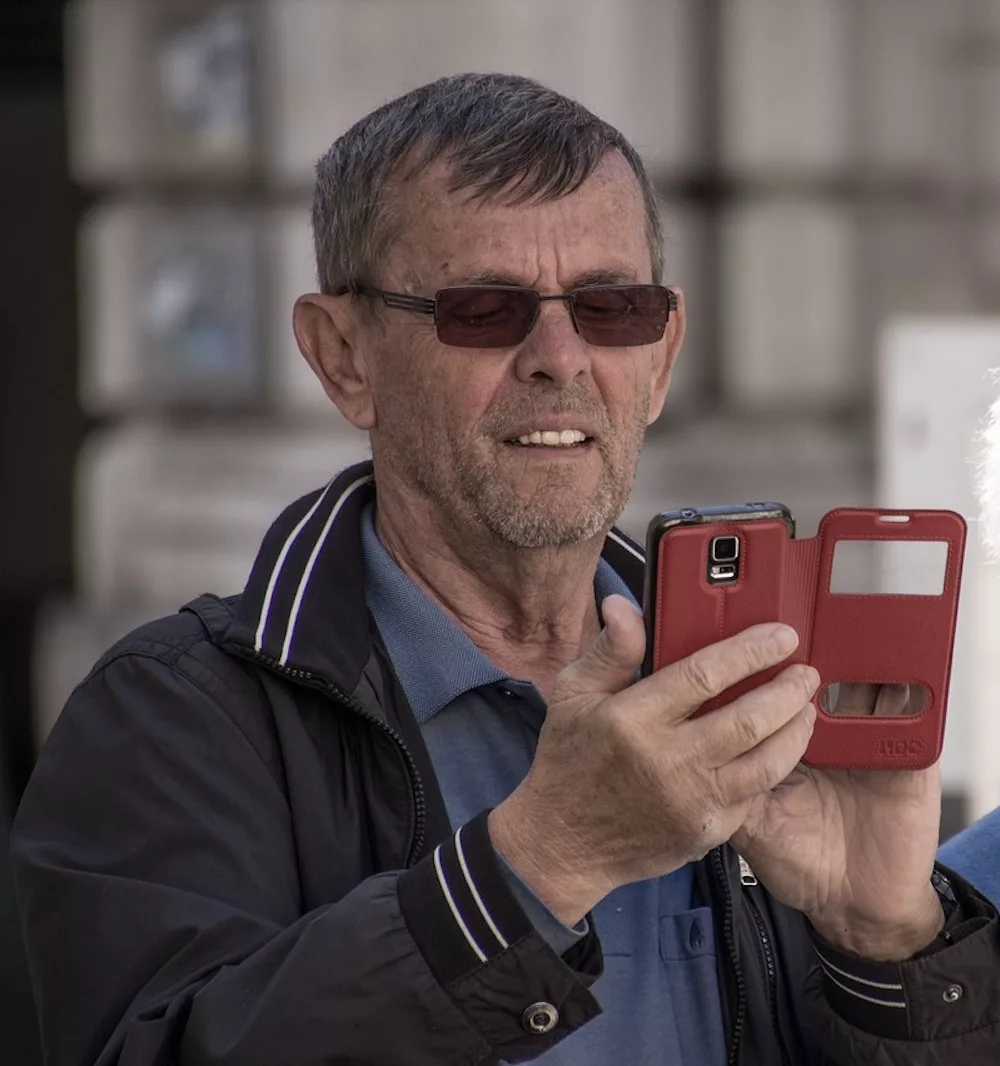The optimal patient experience is a personal, face to face encounter with a physician or a nurse, with ample time for diagnosis and discussion.
As we all know, much of communication is non-verbal, relying on sight and other senses. When the patient is physically away from the care provider, they need to settle for the next best thing.
Is it a phone call or texting?
If you automatically answered “phone call”, consider a patient
- having to wait on the line for 20 minutes only to realize they’re being transferred to the “right” person
- missing a call because they were busy with…life
- not answering a call from an unknown number, that turns out to have been the clinic
- finally speaking with a call center agent about their health issue, but not understanding what is being said due to speed, accent, or a poor cellular connection.
SMS texting can resolve many of these issues. True, in emergency situations, speaking with a real human is a must.
But in managing care, short-form bi-directional texting may be just as effective or even more so than a phone call when factoring in convenience, wait time, and the multi-tasking nature of both patient and care provider.
Examples:
- scheduling
- post acute-care checkin
- medication adherence
- Q&A about patient’s health condition
- administrative questions
- encouragement and motivation
- emotional support
A big advantage of texting is the very high contact rate – over 97% of patients will open a text message. Moreover, 85% of patients prefer text to phone, email, or patient portal.
SMS texting works on virtually any type of mobile phone, and since it’s been around for so many years, even older patients feel comfortable texting.
